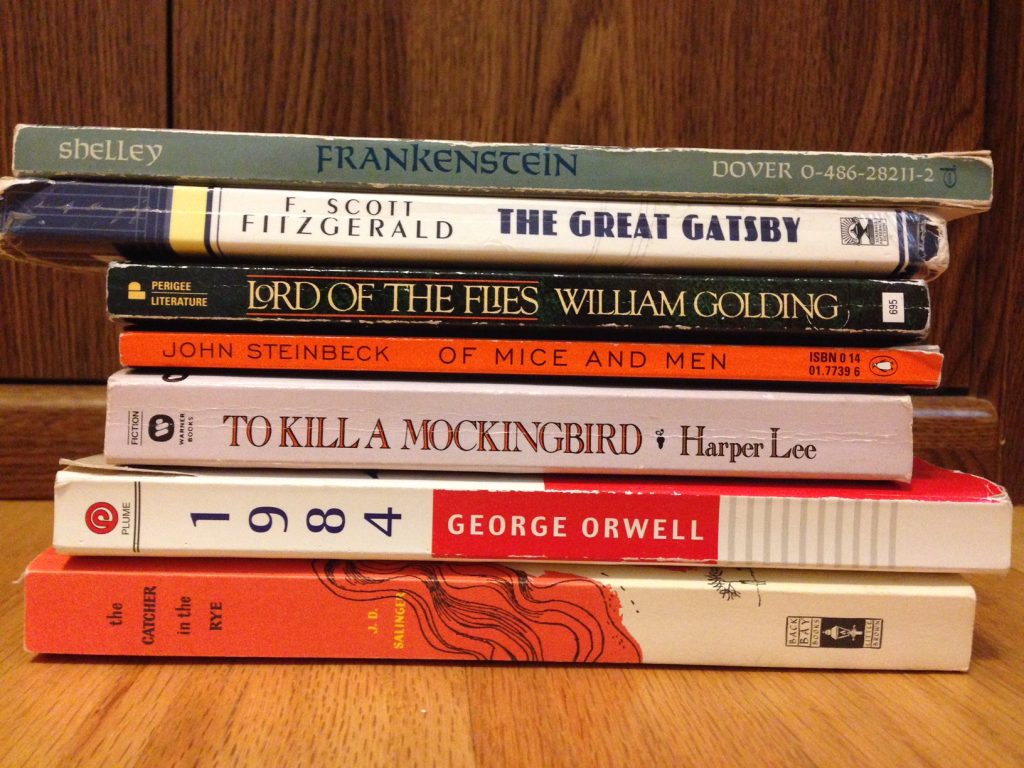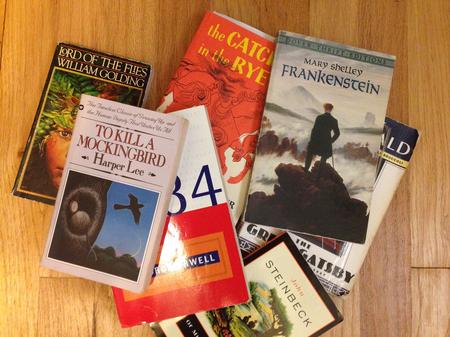Are Students Missing Out on Literary Classics with Common Core?
The novels many parents read in high school English may no longer be on their kids’ reading lists.


Love them or hate them, there’s at least one thing about the new Common Core State Standards that is clear, they are introducing more non-fiction works into English language arts classes.
When the standards are paired with the national tests designed to evaluate them, 70 percent of the texts teachers must use in their classes must be “informational” by 12th grade.
That leaves just 30 percent for literary works.
The classic novels and works of poetry many parents remember from high school — Adventures of Huckleberry Finn, The Great Gatsby, The Catcher In the Rye — might not all be on their kids’ reading lists anymore.
Part of the goal is to help students become more media literate — something that is absolutely needed in this era of social media and cable news spin.
But does it mean Julius Caesar gets cut? “Et tu, Common Core?”
Dearborn High School English language arts teacher Dave Atkins joins Detroit Today to talk about how this is playing out in his classroom.
“We read fewer novels, fewer short stories, fewer plays, fewer poems,” says Atkins. “Literature gives us sort of that shared connectivity. It’s part of who and what we are. It’s the very nature and fabric of our society.”
Also joining the conversation are Bridge Magazine reporter Chastity Pratt Dawsey, as well as poet and Wayne State University lecturer M.L. Liebler.
“When I go to some other place in the world, I always want to read their poetry and their stories so I can understand the culture,” says Liebler. “It’s all there in between the lines… And you remove that from our curriculum and there’s a problem there.”
To hear the full conversation, click on the audio player above.
